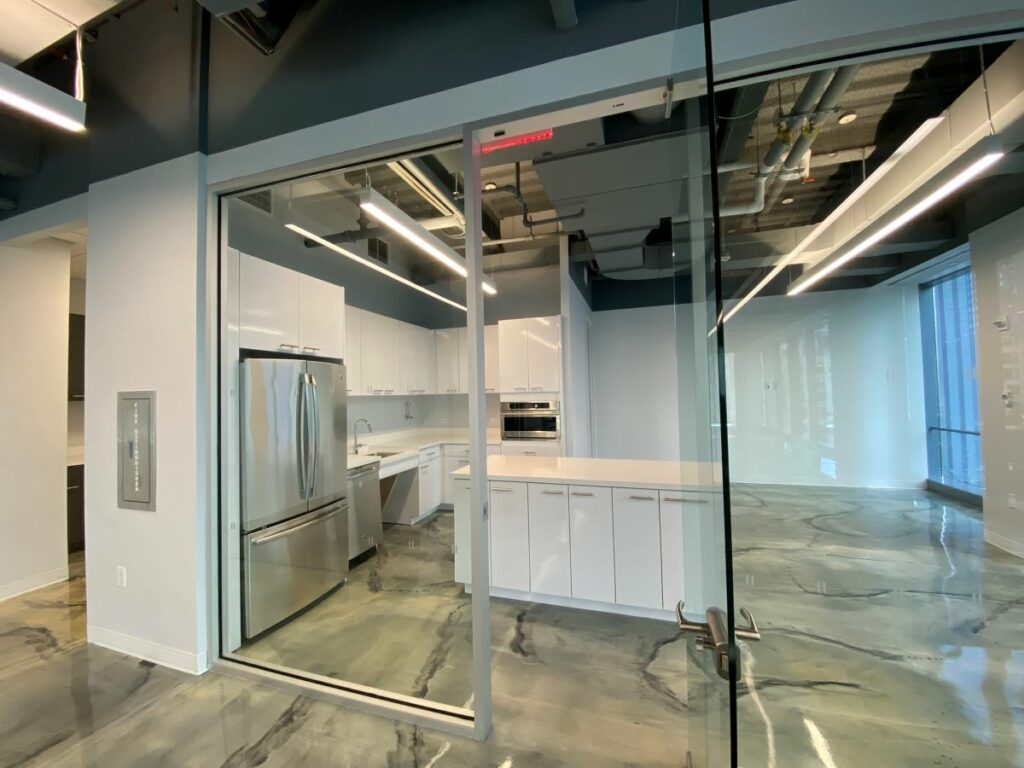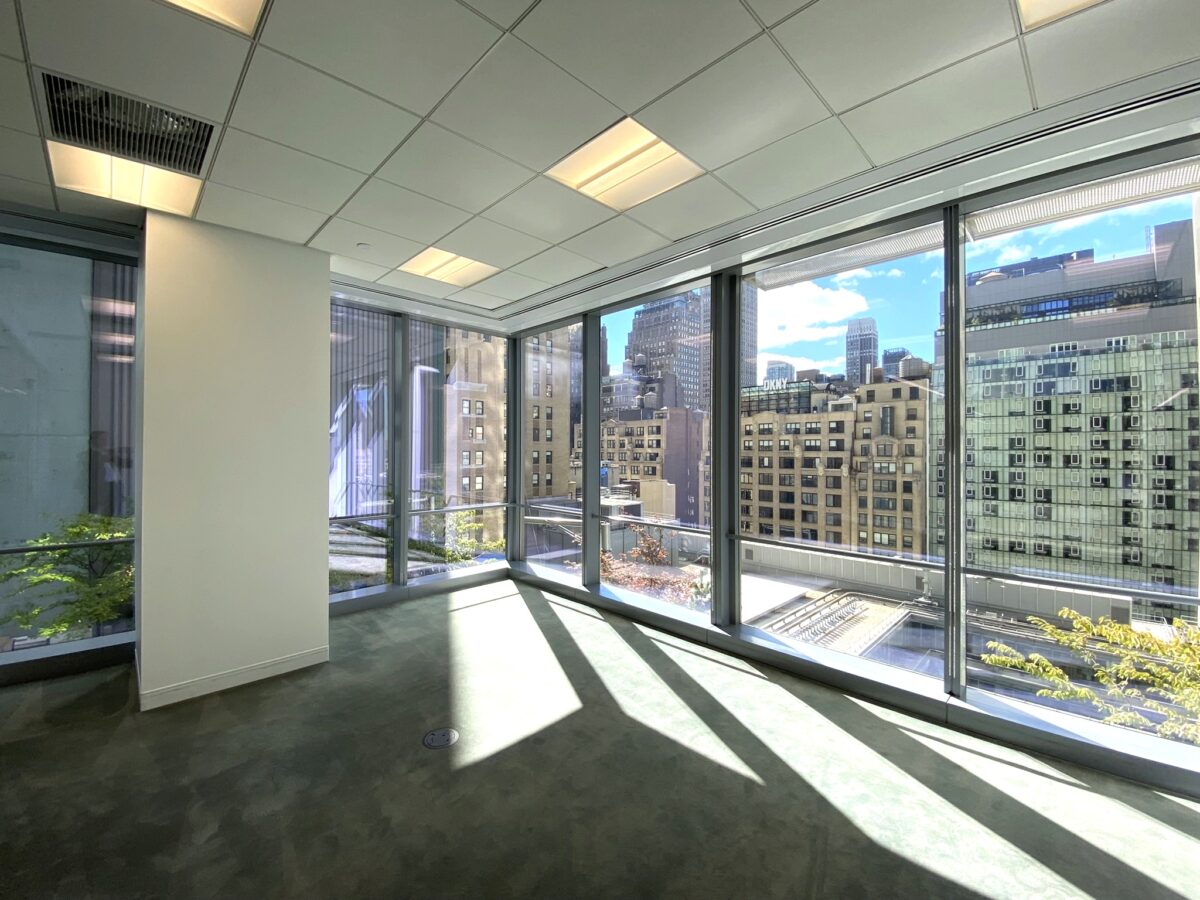
What Determines a Building’s Class
There is no governing authority that assigns building classes, but brokers and landlords typically evaluate several factors:
- Age and Condition: Newer or recently renovated buildings usually qualify as higher-class.
- Location: Proximity to key business districts and transportation hubs boosts ranking.
- Amenities: Features such as security, fitness centers, concierge services, or on-site dining indicate a premium property.
- Design and Finishes: Modern architecture, advanced systems, and high-quality materials are trademarks of Class A office space.
- Maintenance and Management: Well-managed, regularly updated buildings hold stronger market perception.
- Rental Rates: Higher prices per square foot typically correspond with better infrastructure and prestige.
Because standards vary by city, a Class A building in Cleveland may be Class B in Manhattan. Always evaluate properties within the context of their specific market.
Class A Office Buildings
Class A office space represents the highest-quality commercial real estate in any city. These buildings offer premium design, prime location, modern systems, and world-class management. They attract major corporations, financial firms, and tech companies seeking prestige and performance.
Features of Class A Office Space
- Located in prime business districts such as Midtown Manhattan or Hudson Yards
- Modern construction or complete recent renovations
- State-of-the-art HVAC, lighting, and connectivity systems
- Elegant lobbies, high-speed elevators, and sustainable design elements
- Concierge services, security, on-site cafés, fitness centers, and valet parking
- Prominent signage, strong ownership, and excellent curb appeal
- A tenant roster featuring industry leaders and global brands
Example: 1500 Broadway in Times Square is a classic example of Class A office space home to tenants like Disney and NASDAQ, featuring fiber-optic internet, attended lobbies, and a central Midtown address.
If your business values image, client impression, or access to top amenities, leasing Class A office space projects professionalism and stability.

Class B Office Buildings
Class B office buildings deliver solid quality at moderate prices. Many once held Class A status but now show minor age in finishes or systems. They remain attractive for companies seeking professionalism without the luxury cost of top-tier properties.
Features of Class B Buildings
- Typically located in secondary business districts or well-connected suburbs
- Reliable but older mechanical and electrical systems
- Clean, professional appearance and functional layouts
- May include some shared amenities such as conference rooms or bike storage
- Opportunities for cosmetic upgrades or repositioning
Example: 59 Maiden Lane in New York’s Financial District is a well-known Class B office space building. Though over 50 years old, it offers accessibility and value for consulting, legal, and technology tenants.
For small and mid-sized firms, Class B office space strikes the perfect balance between cost and capability.
Class C Office Buildings
Class C office space represents older, budget-friendly properties with minimal amenities. These buildings often exceed 20 years of age and may have dated infrastructure, smaller windows, or basic finishes. They appeal primarily to startups or small businesses focused on affordability.
Features of Class C Buildings
- Over two decades old with limited renovations
- Basic HVAC and slower elevators
- Few or no on-site services
- Lowest rental rates within the market
- Often candidates for redevelopment or residential conversion
When to Choose Class C Office Space
If your priority is low overhead rather than image or location, Class C properties can offer cost-effective solutions. They’re less common in competitive Manhattan neighborhoods but appear in outer boroughs and suburban areas.
However, businesses needing client-facing environments or reliable maintenance may find Class C space too limited.
Flexible Alternatives to Traditional Leasing
Today’s companies increasingly seek flexible workspace rather than committing to long leases. Platforms such as WeWork or Industrious provide access to Class A office space on short-term or shared terms.
At Unique Workspaces, we offer similar flexibility with customized offices at 260 Madison Avenue allowing tenants to enjoy Class A amenities without long-term commitments or large capital expenses.
Flexible leasing solutions deliver:
- Short-term agreements and move-in-ready offices
- Access to premium amenities in high-class buildings
- Scalable options for hybrid or growing teams
This model is ideal for startups, project teams, or enterprises seeking premium environments with less risk.
Why Building Classification Matters
Understanding whether a property is Class A, B, or C helps you:
- Budget accurately—rental rates rise with building class.
- Attract talent—modern spaces enhance employee experience.
- Project image—Class A office space signals prestige to clients and investors.
- Assess infrastructure—quality of systems impacts productivity and comfort.
- Plan for growth—higher classes often support advanced technology and scalability.
Selecting the right class ensures you’re not overpaying for features your team doesn’t need or missing out on benefits that elevate your brand.
Frequently Asked Questions
Question 1: What is the difference between Class A, B, and C office buildings?
Ans: Class A office space offers top design, technology, and amenities in prime locations.
Class B provides reliable, well-managed offices with moderate pricing.
Class C includes older, basic buildings at the lowest cost.
Question 2: Can a building change classes?
Ans: Yes. Renovations can elevate a property from Class B to Class A office space. Similarly, outdated Class A properties may drop to Class B until upgraded.
Question 3: Are classifications consistent across cities?
Ans: No. A building’s class depends on its local market. A property rated Class A in Cleveland might only be Class B in New York due to stricter standards.
Question 4: How do classes affect rental rates?
Ans: Class A buildings command the highest prices per square foot, followed by Class B, then Class C. Location, amenities, and management quality all influence rates.
Question 5: Should small businesses avoid Class A buildings?
Ans: Not necessarily. Many flexible providers, including Unique Workspaces, offer short-term suites within Class A office space at affordable rates.
Question 6: What if I need a high-end office but can’t commit long-term?
Ans: Flexible leases or coworking arrangements in Class A office space allow you to enjoy prestige and convenience without a full commercial lease.
Final Thoughts
Choosing between Class A, B, and C office buildings is about matching your business priorities with your budget. Class A office space delivers excellent modern architecture, strong management, and premium amenities that impress clients and empower teams.
If you value location, quality, and professionalism, consider exploring Unique Workspaces at 260 Madison Avenue, New York. We specialize in connecting businesses with high-end, flexible office solutions that combine Class A standards with real-world affordability.
Contact our team today or visit UniqueWorkspaces.com to find Class A office space tailored to your goals.